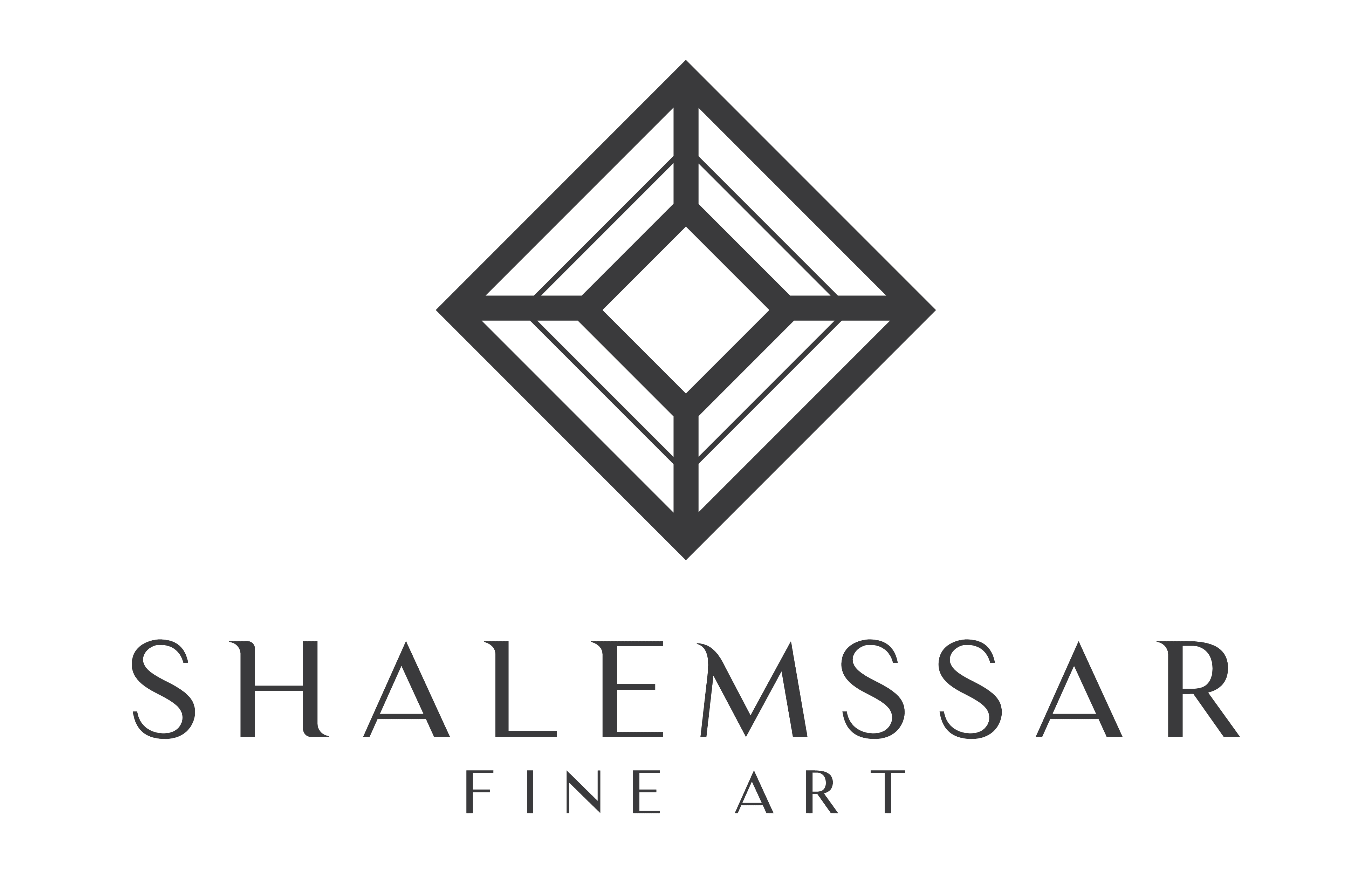
Georges Braque
Georges Braque (1882 - 1963) is known as a key contributor in the fauvist movement as well as the co-founder of Cubism alongside Pablo Picasso. He was a French painter,...
Georges Braque (1882 - 1963) is known as a key contributor in the fauvist movement as well as the co-founder of Cubism alongside Pablo Picasso. He was a French painter, collagist, and sculptor who revolutionized 20th-century painting. While Braque’s work is paralleled greatly with Picasso, Braque fragmented and reconstructed his geometric forms in his own way. During his experimentation with Cubism, Braque began to incorporate collage elements into his painting and became an innovator in the papier collé technique. After serving in World War I, Braque’s work became notably freer. After exhibiting in 1922 at the Salon d’Automne in Paris, his fame grew. Into the 1930s and 1940’s Braque reacted to the somber tone of World War II, continuing to work with painting, but also reaching out to other artistic formats such as printing, stained glass, and jewelry. While his work evolved, hints of cubism endured throughout. In 1933, he had his first retrospective at the Kunsthalle Basel, and in 1937 won first prize at the Carnegie International in Pittsburgh. He has since been shown at many notable institutions such as the Metropolitan Museum of Art in New York, The Museum of Modern Art in New York, and The Louvre in Paris. Braque’s works reside at museums such as Tate Gallery in London, The Museum of Modern Art in New York, the National Gallery of Art in Washington, D.C., and the Centre Georges Pompidou in Paris, among others.
